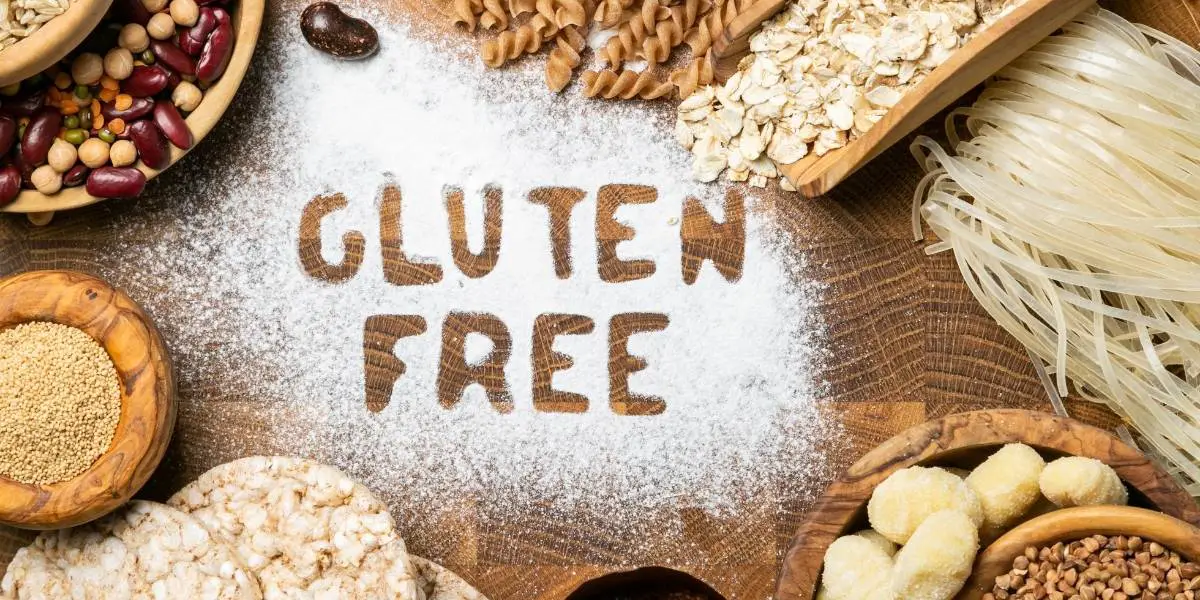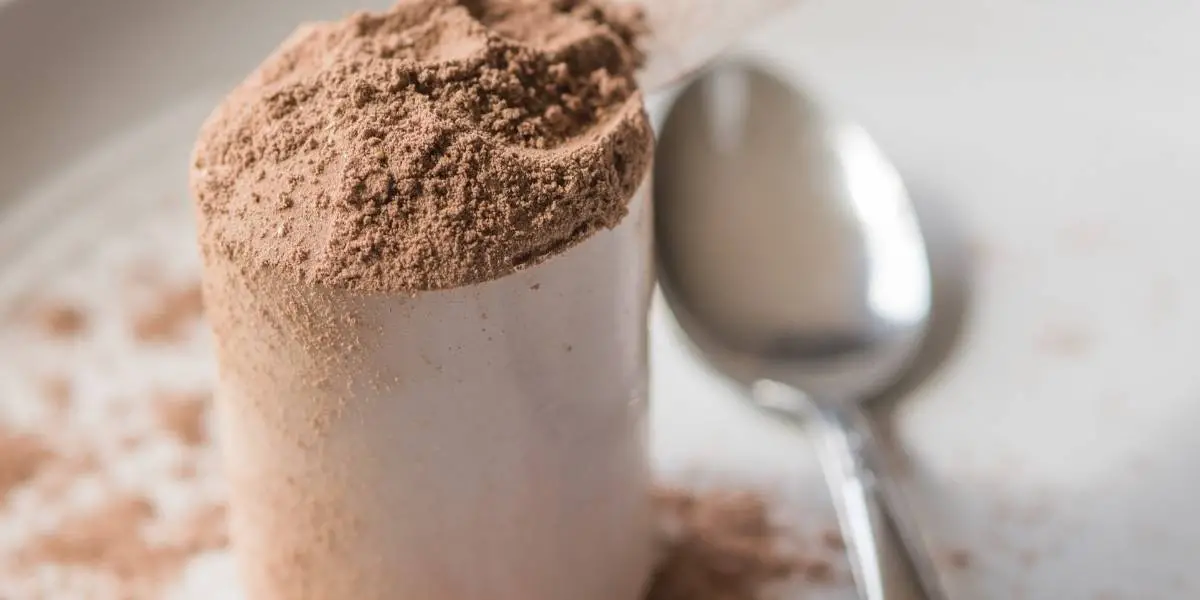If you are on the keto diet, you may be wondering, Is vegetable ghee keto-friendly? The short answer is yes! Vegetable ghee is a great way to add healthy fats to your diet.
Vegetable ghee is keto-friendly.
Because the Keto diet is made up of about 80% fat, this makes ghee a convenient choice for a go-to cooking fat while on the Keto diet.
Additionally, ghee contains more butyric and other fatty acids than butter, giving you more bang for your Keto buck than butter would.
What is vegetable ghee?
Ghee is clarified butter that is popular in Indian cuisine. It is made by simmering butter until the water evaporates and the milk solids settle at the bottom of the pan.
The clarified butter is then strained and the remaining butterfat is used to make ghee. Ghee has a high smoke point and is therefore often used for frying foods. It is also used in sweets and savory dishes.
How do they make vegetable ghee?
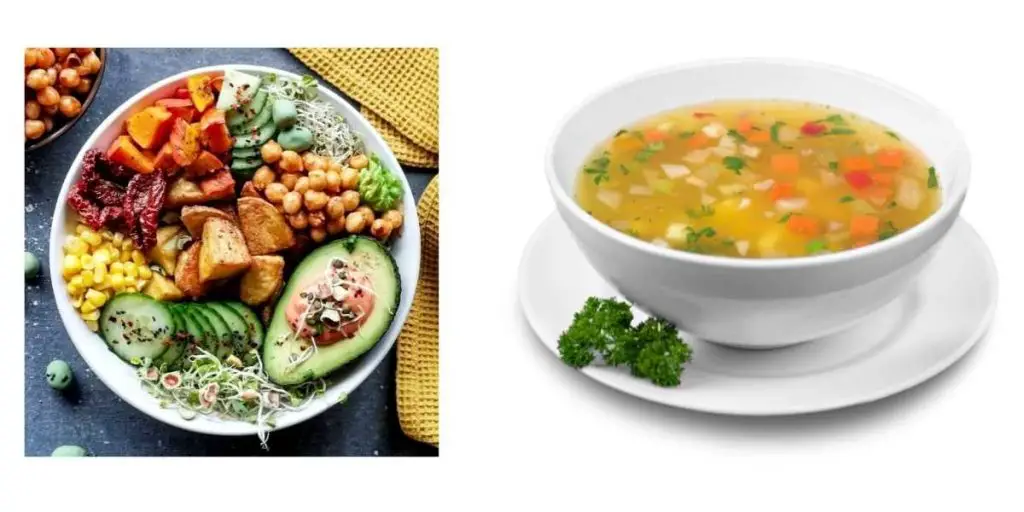
Vegetable ghee is a type of clarified butter that is made from vegetable oils instead of butter. The process of making vegetable ghee is similar to that of making clarified butter, but the oils are heated for a longer period of time to allow for more water to evaporate.
This results in a product that is more shelf-stable and has a higher smoke point than clarified butter.
Is vegetable ghee keto-friendly & healthy?
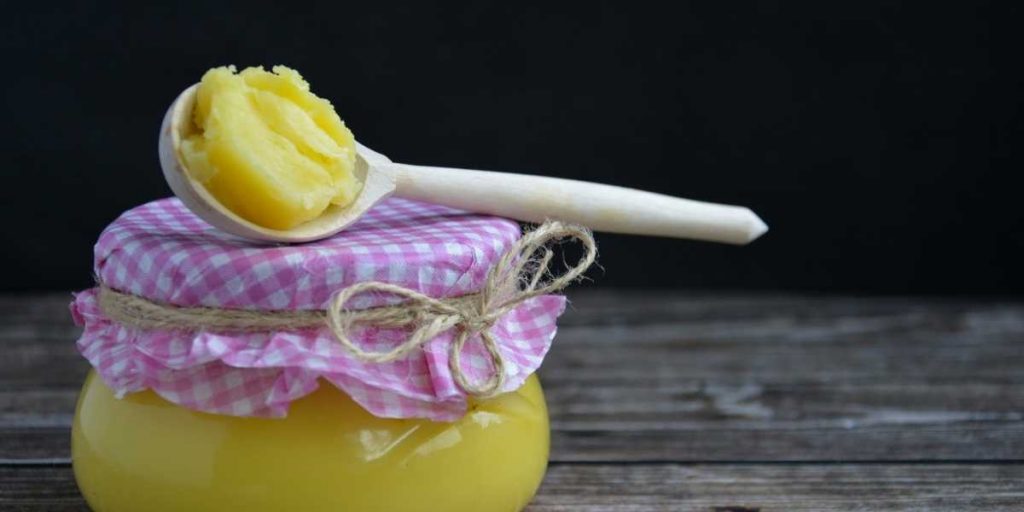
There is no definitive answer to this question as opinions will vary. Some people believe that vegetable ghee is healthier than other types of ghee.
Because it is made from vegetable oil rather than animal fat. Others believe that all types of ghee are equally healthy, or unhealthy.
The best way to determine whether or not vegetable ghee is healthy for you is to speak with a healthcare professional or nutritionist.
Is vegetable ghee good for weight loss?
Yes, vegetable ghee is good for weight loss. It is a healthy alternative to other oils and fats and can help you lose weight in a healthy way.
Benefits of Ghee on the Ketogenic Diet

Ghee is a type of clarified butter that is used in many Indian dishes. It is made by simmering butter until the water evaporates and the milk solids settle to the bottom. Ghee has a high smoke point and a rich, nutty flavor.
Ghee is a healthy fat that can be used in place of other unhealthy fats like vegetable oil. Ghee is rich in short-chain and medium-chain fatty acids, which are easily absorbed and used by the body for energy. Ghee also contains conjugated linoleic acid, a type of fat that has been shown to have numerous health benefits, including weight loss and reduced inflammation.
The ketogenic diet is a high-fat, low-carbohydrate diet that has been shown to be effective for weight loss and other health conditions. Ghee is an ideal fat for the ketogenic diet because it is high in healthy fats and low in carbohydrates. Ghee can help you reach and maintain ketosis, the state in which your body burns fat for energy.
In addition to its weight loss benefits, ghee has also been shown to improve gut health. Ghee contains butyrate, a type of short-chain fatty acid that is beneficial for gut health
Is vegetable ghee better than vegetable oil?
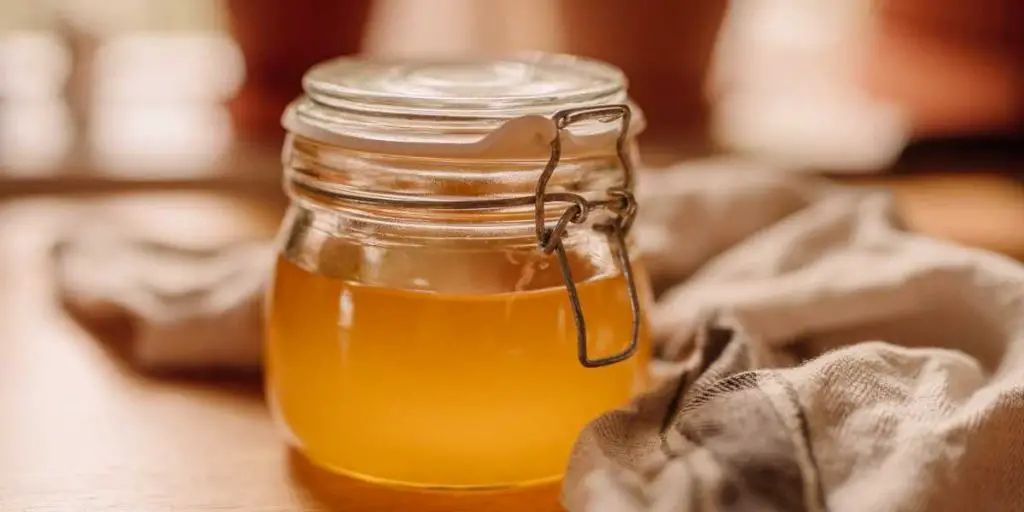
There are many types of vegetable oil, each with its own set of pros and cons. However, ghee, which is a type of clarified butter, is generally considered to be healthier than most vegetable oils.
Ghee is rich in vitamins A, D, and E, as well as in antioxidants. Additionally, ghee contains conjugated linoleic acid, which has been shown to have a number of health benefits, including reducing inflammation and helping to prevent weight gain.
Compared to most vegetable oils, ghee has a high smoke point, meaning that it can be heated to a higher temperature before it begins to break down and release harmful compounds. This makes it a better choice for cooking at high temperatures.
Overall, ghee is a healthier option than most vegetable oils. However, it is important to choose quality ghee that has been made from grass-fed butter, as this will provide the most health benefits.
Is vegetable ghee the same as butter ghee?

There is no difference between vegetable ghee and butter ghee. Both are clarified butter, meaning the milk solids and water have been removed, leaving behind only the butterfat.
Is the vegetable ghee harmful to health?
Ghee is a type of clarified butter that is popular in South Asian cuisine. It is made by simmering butter until the water evaporates and the milk solids separate from the fat. The resulting product is a clear, golden-yellow liquid with a nutty flavor.
While ghee does have some health benefits, it is also high in saturated fat and calories. This makes it harmful to health if consumed in large quantities.
Ghee is also known to increase cholesterol levels and promote heart disease. Therefore, it is best to limit your intake of ghee and opt for healthier alternatives.
Can I use vegetable ghee instead of butter?
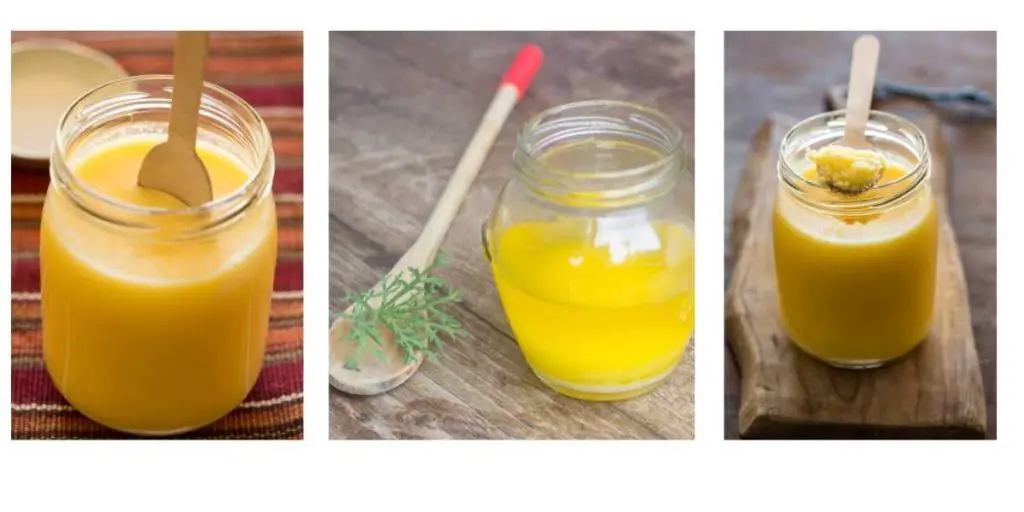
There’s no one-size-fits-all answer to this question, as the best cooking fat to use depends on the dish you’re making and your personal preferences. However, if you’re looking for a healthy alternative to butter, vegetable ghee is a good option.
Ghee is a type of clarified butter that has been traditionally used in Indian cooking. It is made by simmering butter until the water evaporates and the milk solids settle to the bottom, leaving behind a clear, golden liquid.
Ghee has a high smoke point, which makes it ideal for cooking at high temperatures. It also has a rich, nutty flavor that can enhance the taste of certain dishes.
While ghee is a healthier option than butter, it is still a high-fat food and should be used in moderation.
Is Ghee Good For The Keto Diet?
Ghee is a type of clarified butter that is often used in Indian cuisine. It is made by simmering butter until the water evaporates and the milk solids settle at the bottom of the pan. The clear, golden-yellow butterfat is then skimmed off the top and the remaining solids are discarded.
Ghee has a high smoke point and does not need to be refrigerated, making it ideal for cooking. It also has a rich, nutty flavor that enhances the taste of many dishes.
Ghee is a good fat for the keto diet as it is composed of almost all saturated fats. These fats are metabolized differently by the body and are less likely to be stored as fat. Ghee also contains a small amount of omega-3 fatty acids, which are beneficial for health.
Butter or Ghee: Which is Better for Keto?

There is no doubt that both butter and ghee offer a plethora of health benefits. They are both excellent sources of healthy fats, vitamins, and minerals. So, which one is better for keto?
Butter is a great choice for keto because it is high in fat and low in carbs. One tablespoon of butter contains about 100 calories and 11 grams of fat, only trace amounts of carbs and protein.
Ghee is also a good choice for keto. Ghee is clarified butter, which means that the milk solids have been removed. This makes it higher in fat and lowers in carbs than butter. One tablespoon of ghee contains about 120 calories and 14 grams of fat, only trace amounts of carbs and protein.
So, which one should you choose? If you are following a strict keto diet, then ghee is the better choice because it is lower in carbs. However, if you are not as strict with your carb intake, then butter is a perfectly fine choice.
Can we have desi ghee during the keto diet?
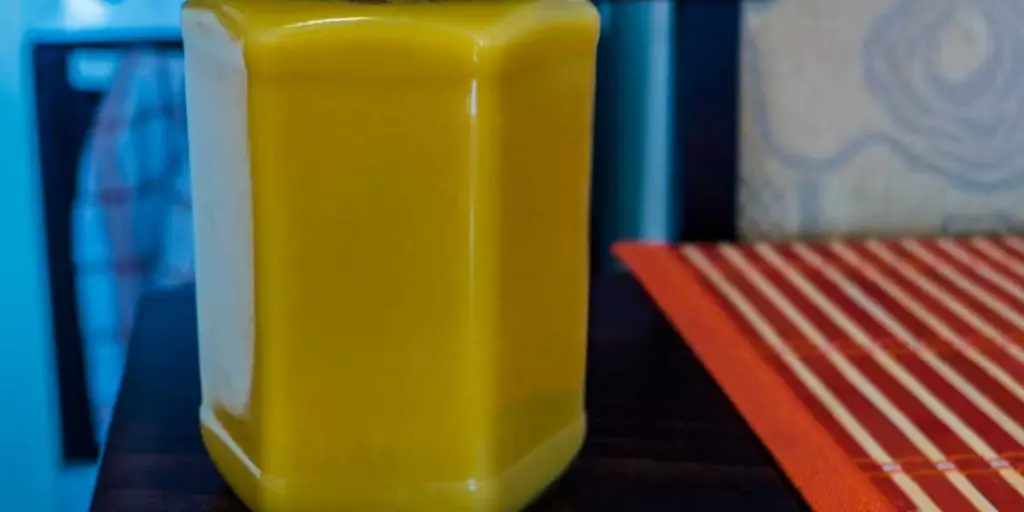
Yes, you can have desi ghee while following a keto diet. Just be sure to track your fat intake, as ghee is high in fat.
Is Ghee Keto Friendly?
Ghee is a type of clarified butter that is popular in South Asian cuisine. It is made by simmering butter until the water evaporates and the milk solids separate from the fat. The solids are then removed and the remaining fat is allowed to cool and solidify.
Ghee has a high smoke point and is therefore often used for frying and sautéing. It is also used in sweets and savory dishes.
Ghee is a good source of fat and calories, and it is also a source of several vitamins and minerals. However, because it is high in saturated fat, it is not considered to be healthy fat.
Ghee is not typically considered to be keto-friendly because it is high in calories and fat. However, some people may include it in their diet in small amounts.
Is ghee actually healthy?
Ghee is a type of clarified butter that is popular in Indian cuisine. It is made by simmering butter until the water evaporates and the milk solids settle at the bottom of the pan. The clear, golden liquid that remains is ghee.
Ghee has a high smoke point and does not need to be refrigerated. It is also said to have a number of health benefits.
Some research suggests that ghee may help to reduce inflammation and improve gut health. Ghee is also a good source of vitamin A and K2, and it contains fatty acids that can promote heart health.
Despite its potential health benefits, ghee is still a source of saturated fat. So, it should be consumed in moderation.
Can I use vegetable ghee instead of butter?

While ghee and butter are both made from dairy, they are not interchangeable. Ghee is made by simmering butter until the water evaporates and the milk solids separate from the fat. The solids are then strained out, leaving pure butterfat. This process gives ghee a nutty flavor and a higher smoke point than butter, making it ideal for cooking.
Is vegetable ghee and Dalda the same?
Ghee is a type of clarified butter that is made by simmering butter until the water evaporates. The remaining milk solids are strained out, and the butter is allowed to cool and solidify. Vegetable ghee is a type of ghee that is made using vegetable oil instead of butter. While data is a type of vegetable ghee, it is not the same as ghee. Dalda is made by simmering vegetable oil until the water evaporates and the milk solids are strained out. The oil is then allowed to cool and solidify.



